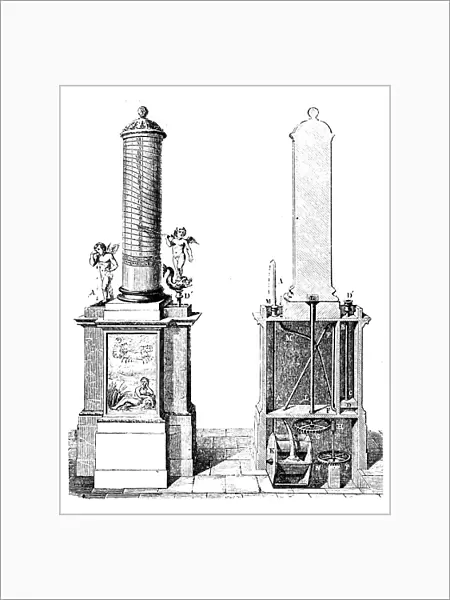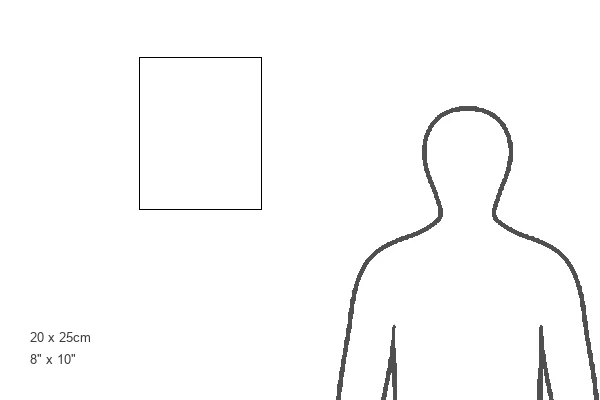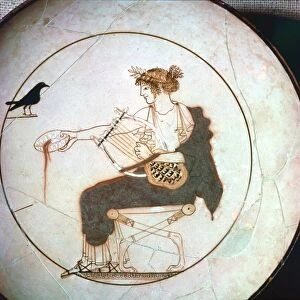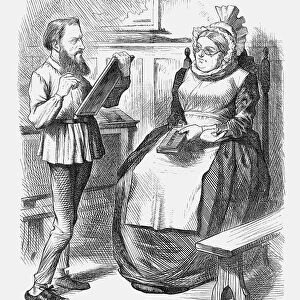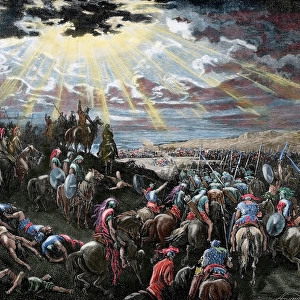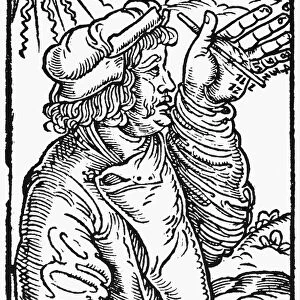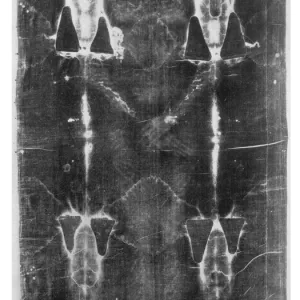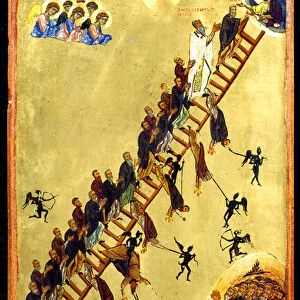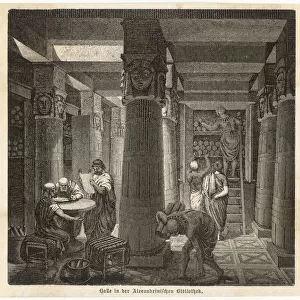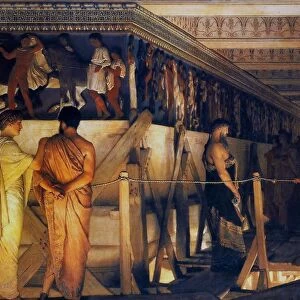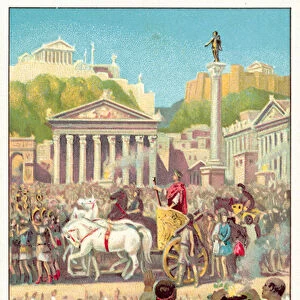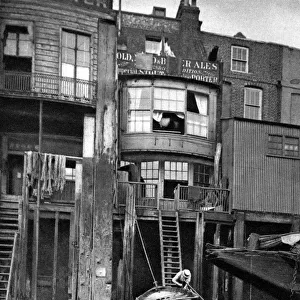Mounted Print > Historic > Ancient civilizations > Ancient Greece > Greek history
Mounted Print : Reconstruction of a clepsydra (water clock), invented by Ctesibius of Alexandria, c270 BC (1857)
![]()

Mounted Prints from Heritage Images
Reconstruction of a clepsydra (water clock), invented by Ctesibius of Alexandria, c270 BC (1857)
Reconstruction of a clepsydra (water clock), invented by Ctesibius of Alexandria, c270 BC (1857). Ctesibius (fl270 BC) was an inventor and mathematician who initiated a tradition of great engineers in ancient Alexandria. None of his writings have survived, and his inventions are only known about from references to them made by others. This clock worked by water dripping at a constant rate and raising a float with a pointer. It was only superseded in terms of the accuracy of its timekeeping in the 17th century when Christiaan Huyghens showed how the pendulum could be applied to clocks
Heritage Images features heritage image collections
Media ID 14849077
© Ann Ronan Picture Library / Heritage-Images
3rd Century Bc Alexandria Alexandrian Ancient City Chronometer Chronometry Clock Engineering Innovation Invention Machine Machinery Time Timekeeping Timepiece Ancient Greek Ann Ronan Pictures Clepsydra Water Clock
10"x8" Mount with 8"x6" Print
Step back in time with our exquisite Mounted Photo of the Reconstruction of a Clepsydra, an ancient water clock invented by the brilliant inventor Ctesibius of Alexandria around 270 BC. This intriguing timepiece, depicted in a stunning 19th-century reproduction, showcases the ingenuity and craftsmanship of the past. Add a touch of history and sophistication to your space with this captivating piece from our Media Storehouse collection.
Printed on 8"x6" paper and suitable for use in a 10"x8" frame (frame not included). Prints are mounted with card both front and back. Featuring a custom cut aperture to match chosen image. Professional 234gsm Fujifilm Crystal Archive DP II paper.
Photo prints supplied in custom cut card mount ready for framing
Estimated Image Size (if not cropped) is 15.2cm x 19.7cm (6" x 7.8")
Estimated Product Size is 20.3cm x 25.4cm (8" x 10")
These are individually made so all sizes are approximate
Artwork printed orientated as per the preview above, with portrait (vertical) orientation to match the source image.
FEATURES IN THESE COLLECTIONS
> Africa
> Egypt
> Alexandria
> Africa
> Egypt
> Related Images
> Animals
> Mammals
> Muridae
> Water Mouse
> Arts
> Minimalist artwork
> Monochrome artwork
> Fine art
> Arts
> Minimalist artwork
> Monochrome artwork
> Monochrome paintings
> Europe
> Greece
> Related Images
> Historic
> Ancient civilizations
> Ancient Greece
> Greek history
> Historic
> Cultural festivals and traditions
EDITORS COMMENTS
This print showcases the reconstruction of a remarkable invention from ancient times - the clepsydra, or water clock. Invented by Ctesibius of Alexandria around 270 BC, this engineering marvel was a testament to the innovative spirit of ancient Greece and Egypt. Ctesibius, an accomplished mathematician and inventor, left behind no written records of his work. However, references made by others have allowed us to understand the functioning of this extraordinary timekeeping device. The clock operated by allowing water to drip at a constant rate, gradually raising a float with a pointer that indicated the passing hours. For centuries, this ingenious creation remained unrivaled in its accuracy until Christiaan Huyghens introduced pendulum clocks in the 17th century. This photograph captures not only an ancient machine but also represents an important milestone in chronometry. The image transports us back to Alexandria during its golden age as a center for scientific discoveries and technological advancements. It serves as a reminder of how human ingenuity has always pushed boundaries throughout history. Through this monochrome engraving, we are reminded that even without surviving writings or personal accounts from inventors like Ctesibius, their contributions continue to inspire awe and admiration today. This print is not just an exploration into our past; it symbolizes mankind's ceaseless quest for knowledge and progress in every field imaginable.
MADE IN THE UK
Safe Shipping with 30 Day Money Back Guarantee
FREE PERSONALISATION*
We are proud to offer a range of customisation features including Personalised Captions, Color Filters and Picture Zoom Tools
SECURE PAYMENTS
We happily accept a wide range of payment options so you can pay for the things you need in the way that is most convenient for you
* Options may vary by product and licensing agreement. Zoomed Pictures can be adjusted in the Basket.

